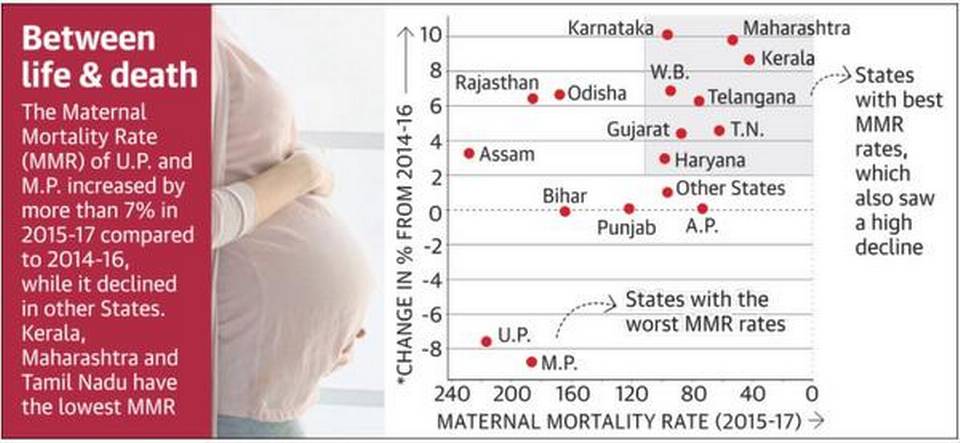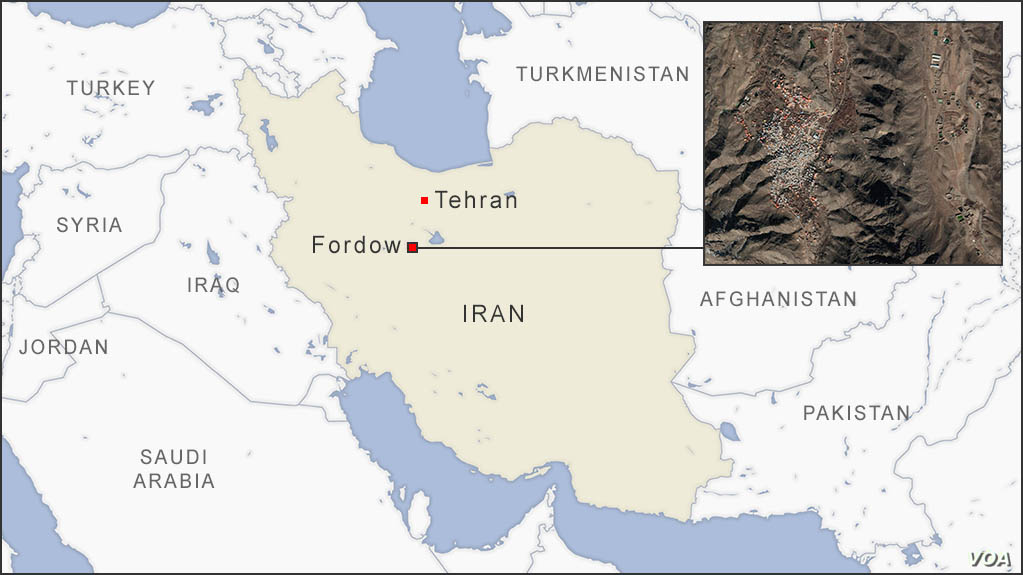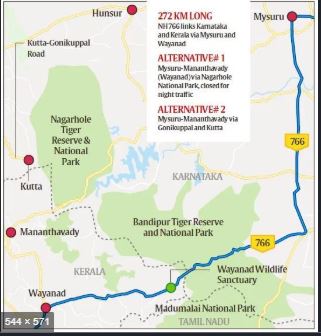Indian Economy
Steel Scrap Recycling Policy
Why in News
The Ministry of Steel has issued the Steel Scrap Recycling Policy.
Key Features
- Circular Economy in the Steel Sector
- That is, utilising steel scrap emanating from vehicles and white goods (that have reached their end of life) for quality steel production.
- This will reduce dependency on imports and decongest the Indian cities from End of Life Vehicles (ELVs).
- Extended Producer Responsibility (EPR)
- Automobile manufacturers will design vehicles keeping in mind the recyclability of the vehicle at the end of life.
- The policy envisages a framework to facilitate and promote the establishment of metal scrapping centres in India.
- Hub and Spoke model
- The Hub and Spoke (H&S) model is used when there are multiple locations sourcing, with a central location called the ‘Hub.’ The location provides a single point of contact to the client, whilst the in-country extensions, called ‘Spokes’.
- Under the Policy, formal and scientific collection, dismantling and processing activities for the end of life products, that are sources of recyclable (ferrous, non- ferrous and other non-metallic) scraps, are being promoted.
- 4 collection and dismantling centres will cater to 1 scrap processing centre.
- Focus on the Environment
- The Policy will work on the Principles of 6Rs: Reduce, Reuse, Recycle, Recover, Redesign and Remanufacture.
- It aims to reduce Green House Gas (GHG) emissions.
- It also aims to create a mechanism for treating waste streams and residues produced from dismantling and shredding facilities in compliance with Hazardous & Other Wastes (Management & Transboundary Movement) Rules, 2016 issued by the Ministry of Environment, Forest and Climate Change (MoEF & CC).
Steel Scrap in India
- Used or reused steel in the form of scrap is the secondary raw material for the Indian steel industry.
- Iron ore is the primary source of steel making.
- The current supply of scrap is 25 million tonnes from domestic unorganized scrap industry and 7 million tonnes from import of scrap.
- The availability of raw materials at competitive rates is imperative for the growth of the steel industry and to achieve the National Steel Policy (NSP) 2017 target.
- NSP-2017 aims to develop a globally competitive steel industry by creating 300 million tonnes per annum steel production capacity by 2030.
Social Justice
Declining Maternal Mortality Ratio in India
Why in News
India’s MMR has declined from 130 per 1 lakh live births in 2014-2016 to 122 per 1 lakh live births in 2015-2017 as per the recently released Sample Registration System (SRS) 2015-2017 bulletin for MMR. A decline of 8 points (6.2%) has been observed.
- This indicates that a loss of 2000 maternal deaths per year has been prevented.
- The bulletin categorizes the country into three groups: Empowered Action Group (EAG), Southern States and other states.
Maternal Mortality Ratio
- MMR is the annual number of maternal deaths per 100,000 live births.
- Maternal death is the death of a woman while pregnant or within 42 days of termination of pregnancy.
- It is a key performance indicator for efforts to improve the health and safety of mothers before, during, and after childbirth.
Key Points
Statewise Progress:
- Kerala secures the first position in MMR reduction (from 46 to 42), followed by Maharashtra (from 61 to 55) and Tamil Nadu (from 66 to 63).
- Karnataka has shown the highest percentage decline in MMR.
- The decline has been most significant in EAG States from 188 to 175. Bihar, Jharkhand, Madhya Pradesh, Chhattisgarh, Odisha, Rajasthan, UP, Uttarakhand and Assam fall under EAG States group.
- The independent MMR data of Jharkhand (76), Chhattisgarh (141) and Uttarakhand (89) has been released for the first time in the SRS 2015-2017 bulletin.
- Uttar Pradesh and Madhya Pradesh have shown an increase by 15 points each in MMR.
- So far, 11 states have achieved the National Health Policy target of MMR well ahead of 2020. The National Health Policy aims to reduce Maternal Mortality Ratio (MMR) to 1/1000 live births.
Reasons for Declining MMR
- Focus on quality and coverage of health services through public health initiatives have contributed majorly to the decline. Some of these initiatives are:
- The implementation of the Aspirational District Programme and inter-sectoral action has helped to reach the most marginalized and vulnerable population.
- Recently launched Surakshit Matritva Aashwasan Initiative (SUMAN) especially focuses on zero preventable maternal and newborn deaths.
The continuous progress in reducing the MMR will help the country to achieve the SDG 3 target of MMR below 70 by 2030.
Internal Security
Proposal for merging Assam Rifles and Indo-Tibetan Border Police
Why in News?
Recently, the Ministry of Home Affairs (MHA) proposed that the Assam Rifles should be merged with the Indo-Tibetan Border Police (ITBP).
Key Points
- Currently, the Assam Rifles is under the administrative control of the Ministry of Home Affairs and operational control of the Army, i.e. the Ministry of Defence.
- This duality of administrative control and operational control leads to problems of coordination.
History of Assam Rifles
- Assam Rifles was formed as a single unit called Cachar Levy in 1835 to assist the British rulers in maintaining peace in the Northeast.
- Later on, this unit was converted into the Assam Military Police Battalion with two additional battalions in 1870.
- It consisted of Lushai Hills Battalion, Lakhimpur Battalion and Naga Hills Battalion.
- Another battalion-Darrang Battalion was added, just before World War I.
- These battalions after their service to British in World War I, were renamed as the Assam Rifles.
- It was after the Chinese aggression in 1962 that the Assam Rifles battalions were placed under the operational control of the Army.
Opposition to this Move
- The Army argues that the Assam Rifles should be merged with it.
- Currently, high ranking officers of Assam Rifles are sourced from Army on deputation (as Assam Rifles is presently under the operational control of Ministry of Defense). After the merger of Assam Rifles with ITBP, the former will come under the sole control of MHA. Hence, Army is apprehensive about losing its promotional avenues in Assam rifles, which they presently enjoy.
- Shifting Assam Rifles operational control to MHA may adversely impact vigil along China’s border.
| Assam Rifles | Indo-Tibetan Border Police |
|
|
|
|
|
|
Governance
Bonded Labour System in India
Why in News
Recently, the National Human Rights Commission (NHRC) conducted a seminar on “bonded labour”.
- According to International Labour Organization(ILO) there are 1.17 crores bonded labourers in India (2014).
Reasons for the Persistence of Bonded Labour
- The lack of awareness among workers and employers
- Low conviction rates
- Social bias towards bonded labour
- Migratory nature of bonded labour
- Weaker implementation of Bonded Labour System (Abolition) Act 1976.
Bonded Labour
- It is a practice in which employers give high-interest loans to workers who work at low wages to pay off the debt.
- The Supreme Court of India has interpreted bonded labour as the payment of wages that are below the prevailing market wages and legal minimum wages.
- The Constitution of India prohibits forced labour under Article 23 (Fundamental Rights).
- Article 23: Prohibition of traffic in human beings and forced labour.
- Bonded labour was historically associated with rural economies where peasants from economically disadvantaged communities were bound to work for the landlords.
- Bonded labour is found to exist in both rural and urban pockets in unorganized industries such as brick kilns, stone quarries, coal mining, agricultural labour, domestic servitude, circus, and sexual slavery.
Bonded Labour System (Abolition) Act 1976
- The Act extends to the whole of India but implemented by respective state governments.
- It provides for an institutional mechanism at the district level in the form of Vigilance Committees.
- Vigilance committees advise District Magistrate(DM) to ensure the provisions of this act are properly implemented.
- The State Governments/UTs may confer, on an Executive Magistrate, the powers of a Judicial Magistrate of the first class or second class for the trial of offences under this Act.
Central Sector Scheme for Rehabilitation of Bonded Labourers (2016)
- Under this scheme financial assistance to the extent of Rs.Three lakhs is provided to released bonded labourers along with other non-cash assistance for their livelihood.
Indian Polity
Overseas Citizenship of India
Why in News
Kartarpur Corridor is accessible to the Persons of Indian origin holding the Overseas Citizenship of India (OCI) card.
Overseas Citizenship of India
- Definition
- The Ministry of Home Affairs defines an OCI as a person who:
- Was a citizen of India on or after 26th January 1950; or
- Was eligible to become a citizen of India on 26th January 1950; or
- Is a child or grandchild of such a person, among other eligibility criteria.
- According to Section 7A of the OCI card rules, an applicant is not eligible for the OCI card if he, his parents or grandparents have ever been a citizen of Pakistan or Bangladesh.
- The category was introduced by the government in 2005. The Government of India via Citizenship (Amendment) Act, 2015 merged the Person of Indian Origin (PIO) category with OCI category in 2015.
- The Ministry of Home Affairs defines an OCI as a person who:
- Benefits to OCI Cardholders
- OCI cardholders can enter India multiple times, get a multipurpose lifelong visa to visit India, and are exempt from registering with Foreigners Regional Registration Office (FRRO).
- If an individual is registered as an OCI for a period of five years, he/she is eligible to apply for Indian citizenship.
- At all Indian international airports, OCI cardholders are provided with special immigration counters.
- OCI cardholders can open special bank accounts in India, buy the non-farm property and exercise ownership rights and can also apply for a Permanent Account Number (PAN) card.
- Limitations
- OCI cardholders do not get voting rights, cannot hold a government job and purchase agricultural or farmland.
- They cannot travel to restricted areas without government permission.
Constitutional Provisions
- The Constitution deals with citizenship from Articles 5 to 11 under Part II. However, it contains neither any permanent nor any elaborate provisions in this regard.
- It only identifies the persons who became citizens of India on 26th January 1950 (i.e. when the Constitution commenced).
- It empowers the Parliament to enact a law to provide for matters relating to citizenship. Accordingly, the Parliament has enacted the Citizenship Act, 1955, which has been recently amended in 2015.
Person of Indian Origin
- A Person of Indian Origin (PIO) means a foreign citizen (except a national of Pakistan, Afghanistan, Bangladesh, China, Iran, Bhutan, Sri Lanka and Nepal)
- Who at any time held an Indian passport or
- Who or either of their parents/ grandparents/ great grandparents were born and permanently resident in India as defined in Government of India Act, 1935 and other territories that became part of India thereafter or
- Who is a spouse of a citizen of India or a PIO.
- PIO category was merged with OCI category in 2015.
Important Facts For Prelims
Fordow Nuclear Facility
Why in news?
Recently, Iran resumed uranium enrichment at its underground Fordow plant located near Tehran.
Key Points
- Fordow Fuel Enrichment Plant (FFEP) is Iran's second pilot enrichment plant (the first is the Pilot Fuel Enrichment Plant at Natanz).
- The site was originally a tunnel facility associated with Iran's paramilitary organization, the Islamic Revolutionary Guards Corps (IRGC) and is located buried in a mountain near the city of Qom.
- The recent move of Iran is a step away from the agreement it signed in 2015 with a group of world powers to limit its nuclear activity in exchange for sanctions relief.
- In 2015, Iran, with the P5+1 group of world powers - the US, UK, France, China, Russia and Germany agreed on a long-term deal on its nuclear programme.
- The deal was named as Joint Comprehensive Plan of Action (JCPOA), also known as Iran Nuclear Deal.
- Under the JCPOA, Iran agreed to limit its nuclear activities by stopping uranium enrichment and allowing the international agencies to inspect its nuclear facilities in return for the lifting of economic sanctions.
- In May 2018, the US pulled out of Iran Nuclear Deal and it imposed sanctions on Iran and nations doing the significant amount of trade with Iran.
Important Facts For Prelims
National Highway-766
Why in News
Recently, the Kerala Legislative Assembly has passed a resolution demanding the Union government to lift the travel restrictions on National Highway-766 (NH-766).
- The night travel on the forest stretch of NH-766 , passing through the Bandipur National Park is banned since 2009 to protect wildlife in the area.
NH-766
- It connects Karnataka and Kerala that passes through the Bandipur Tiger Reserve in Karnataka.
- It was declared a national highway in 1989, then named NH 212, and later renamed NH 766.
- It serves as a survival route for the people of Wayanad as the place lacks rail and water connectivity.
Bandipur National Park
- It is part of interconnected forests that include Mudumalai Wildlife Sanctuary (Tamil Nadu), Wayanad Wildlife Sanctuary (Kerala) and Nagarhole National Park (Karnataka).
- It has the second-highest tiger population in India after Pench Tiger Reserve(Madhya Pradesh).
- Madhya Pradesh has the highest number of tigers followed by Karnataka.
Important Facts For Prelims
Dhrupad
Why in news?
Padma Shri awardee and renowned Dhrupad vocalist Ramakant Gundecha passed away in Bhopal.
Key Points
- The word Dhrupad is derived from Dhruva, the steadfast evening star that moves through the galaxy, and Pada meaning poetry.
- Traditionally, the dhrupad style of singing was performed with a tanpura and pakhawaj.
- The lyrics sung in Dhrupad are in a medieval form of Hindi and typically heroic in theme, or praise of a particular deity.
- It is a form of devotional music that traces its origin to the ancient text of Samveda.
- One significant characteristic of Dhrupad is the emphasis on maintaining the purity of the Raga.
- Hindustani classical music is primarily vocal-centric. The primary vocal forms associated with Hindustani music are the Khayal, Ghazal, Dhrupad, Dhammar, Tarana and Thumri.
Important Facts For Prelims
Thiruvalluvar
Why in News?
Recently, ancient saint Thiruvalluvar has been in the news because of a political issue in Tamil Nadu.
Key Points
- Thiruvalluvar, also called Valluvar, was a Tamil poet-saint.
- The period when he lived is debated, as is his religious identity.
- He is believed to have lived between 3rd-4th century or 8th-9th century.
- He is thought to be linked to Jainism. However, Hindus have also claimed that Thiruvalluvar belonged to hinduism.
- Dravidian groups also count him as a saint, as he dismissed the caste system.
- He had contributed the Tirukkural or ‘Kural’ to the Sangam literature.
- Tirukkural is comprised of 133 sections of 10 couplets each is divided into three books: Aram (virtue), Porul (government and society), and Kamam (love).
- The Tirukkural has been compared to the great books of the world’s major religions.
Sangam Literature
- The word ‘Sangam’ is the Tamil form of the Sanskrit word Sangha which means a group of persons or an association.
- The Tamil Sangam was an academy of poets who flourished in three different periods and in different places under the patronage of the Pandyan kings.
- The Sangam literature which was largely consolidated from the third Sangam, throws information on conditions of life of people around the beginning of the Christian era.
- It deals with the secular matter relating to the public and social activities like government, war charity, trade, worship, agriculture, etc.
- Sangam literature consists of the earliest Tamil works (such as the Tolkappiyam), the ten poems (Pattupattu), the eight anthologies (Ettutogai) and the eighteen minor works (Padinenkilkanakku) and the three epics.
Important Facts For Prelims
Shilpotsav - 2019
Shilpostav- 2019 is being held from 1st - 15th November 2019 in New Delhi.
- It is the annual fair of artisans from across the country, belonging to the weaker sections of the society.
- The artisans are assisted by the apex corporations of the Ministry of Social Justice and Empowerment.
- The range of products in this fair include - silk sarees, durries, readymade garments, terracotta products, jute products, marble artefacts and handloom etc.







